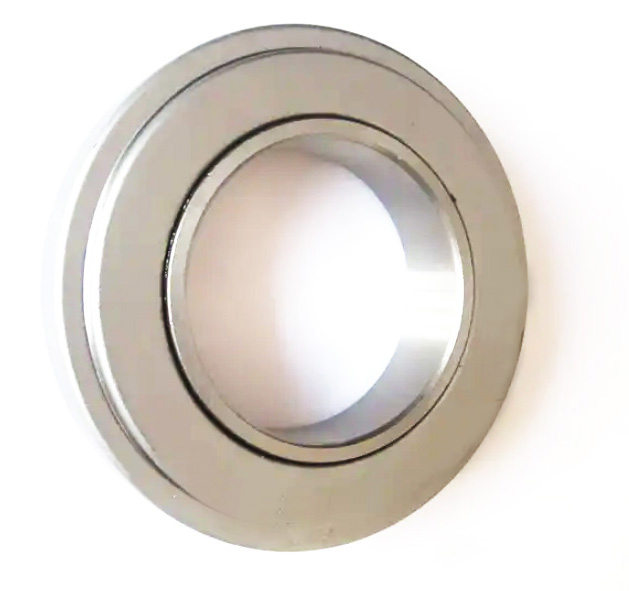Is a Clutch Masters Hydraulic Throwout Bearing Included in a Hydraulic Clutch?
A Clutch masters hydraulic throwout bearing may have a throwout bearing, but there are a few unanswered questions:
What exactly is it, what can it do, and how often should it be replaced?
Let’s take a closer look at the answers to these questions.
To begin, what is the purpose of the throwout bearing?
Next, let’s take a look at the warning signs that your clutch needs a throwout bearing replacement.
In a hydraulic clutch, the function of a Clutch Masters Hydraulic Throwout Bearing.
A Clutch masters hydraulic throwout bearing is a basic component.
This component of the clutch can be mechanical or electronic.
The throwout bearing is the primary distinction between mechanical and electronic types.
The Clutch Hydraulic Throwout Bearing is a mechanical component that must be kept in good working order.
A pneumatic version of a hydraulic clutch is also available.
Both types of pneumatic clutches serve the same purpose, but mechanical clutches are more common.
When a driver presses the clutch pedal, a hydraulic clutch uses a throwout bearing to release the pressure plate.
The clutch assembly will not function properly if this device is not present.
A bad Clutch masters hydraulic throwout bearing can reduce engine performance in addition to causing the clutch to fail.
When changing gears, it may even produce a grinding noise.
A faulty throwout bearing can cause issues with the clutch pedal.
Symptoms of a worn-out throwout bearing
If you’ve noticed any irregularities with the clutch pedal, you may have a faulty throwout bearing.
This is an important component to inspect on your vehicle because a faulty throwout bearing could cause the gears to fail.
While disengaging the clutch, your vehicle may make noises.
The noises could be caused by a worn-out throwout bearing, a dried-out internal lubricant, or even damage to the bearing itself.
A stalling noise when shifting gears is another sign of a bad throwout bearing.
This is not only dangerous, but it also causes a traffic jam.
It may also cause the clutch pedal to feel stiff.
If this occurs, it may be time to contact a mechanic.
If you catch the problem early enough, you may be able to repair it before it causes major damage to your vehicle.
Otherwise, it could result in the clutch assembly failing completely.
Maintenance of a hydraulic clutch’s throwout bearing
When performing routine maintenance on a hydraulic clutch, keep in mind that the release bearing must be lubricated.
The Clutch masters hydraulic throwout bearing will wear out faster and may even burn if not greased.
However, lubrication is critical for the release bearing because it is the key to preventing clutch damage.
Before installing the clutch, you should also inspect the release bearing.
When the clutch is installed, the proper amount of grease should be applied to the release bearing.
When a clutch is engaged, the clutch disc is moved by the hydraulic release bearing.
A Clutch masters hydraulic throwout bearing‘s heart is this mechanism.
They are typically found in rear-engine and mid-engine vehicles and operate similarly to mini hydraulic brakes.
The hydraulic clutch master cylinder, rather than a clutch fork, applies pressure directly to the throwout bearing, engaging the fingers on the pressure plate and disengaging the clutch disc from the flywheel.
The hydraulic pressure ram expands when the clutch pedal is released, allowing the clutch disc to disengage from the flywheel.
The cost of a hydraulic clutch throwout bearing
If you’re unsure how to repair a slipping clutch, hiring a professional is the best way to avoid spending too much money on it.
Depending on the vehicle, it could cost anywhere between $400 and $1500.
While an aftermarket replacement will cost between $10 and $30, the task is not easy.
You’ll need to disassemble your transmission to properly repair your clutch.
The throwout bearing is located inside the transmission bell housing, which is secured by the clutch fork and slave cylinder.
To get to the throwout bearing, you’ll need to remove two 10mm bolts.
Unscrew and remove the plastic clips after removing the throwout bearing.
Make sure the new throwout bearing has the same inner and outer diameters as the old one.
If it’s too thin, there will be too much pedal play, and if it’s too thick, it won’t fully engage.

